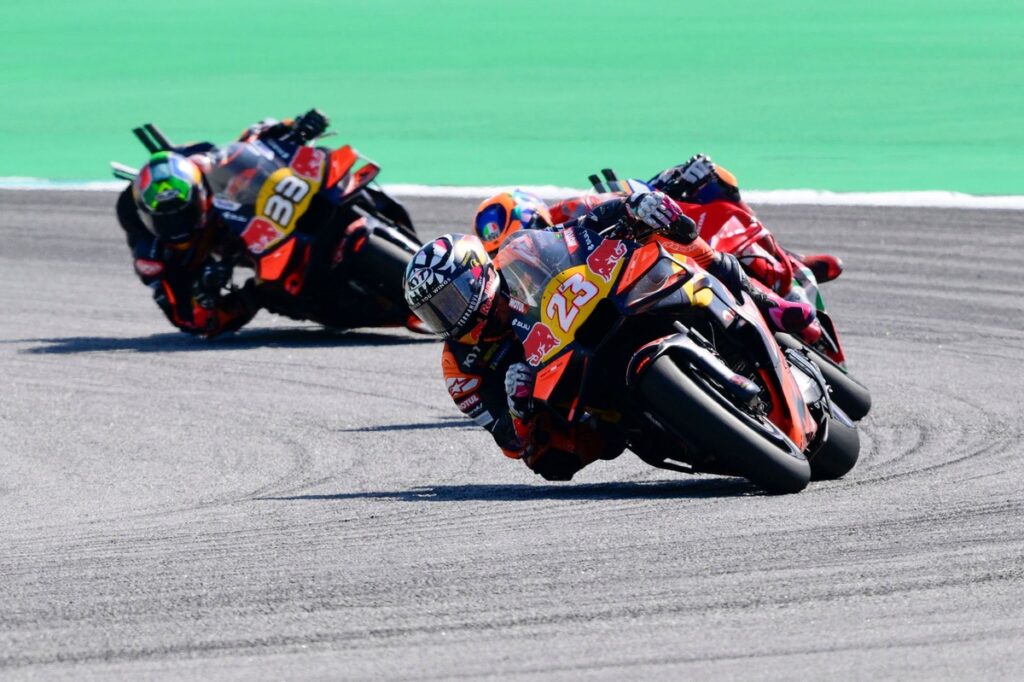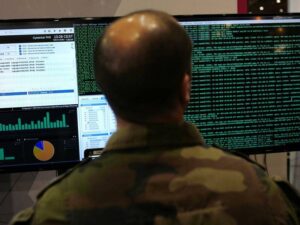
The recent Malaysian Grand Prix at Sepang saw a significant shift in fortunes for motorcycle manufacturers KTM and Aprilia. While KTM emerged as a formidable competitor, challenging Ducati, Aprilia struggled to meet expectations, finishing far behind their rivals. This outcome raises questions about the contrasting performances of these two teams in the MotoGP circuit.
KTM’s impressive showing can be attributed to multiple factors that the team managed effectively during the race weekend. The performance gap was evident in the qualifying session, where KTM riders secured a qualifying gap to pole of just 0.362 seconds. In contrast, Aprilia’s gap reached 0.548 seconds, indicating a noticeable disadvantage right from the start.
Despite previous issues with tyre management, KTM riders focused on enhancing tyre longevity in the sweltering conditions of Sepang. Factory rider Brad Binder explained their strategy, stating, “We tried to load the front a little bit more to try and make the front stick and it seemed to help a little bit.” This approach paid off, allowing KTM to maintain competitive lap times even as the race progressed.
The standout performance came from Pedro Acosta, who managed to nurse his tyres effectively throughout the race. He finished just 2.676 seconds behind the winner, Francesco Bagnaia, a significant improvement from his earlier races. Acosta’s decision to limit the use of electronics demonstrated his confidence in managing tyre wear, further highlighting the adaptability of the KTM team.
Conversely, Aprilia’s weekend was marred by difficulties that left them struggling to keep pace. The team faced challenges related to track conditions, with temperatures fluctuating and grip levels not meeting expectations. Aprilia riders, including Marco Bezzecchi, experienced a lack of performance, finishing well behind competitors. Bezzecchi, who opted for a less-favored medium tyre, expressed disappointment, stating, “The result is not the best, but it’s part of the process, and we will keep working as always to try to improve.”
The numbers from the race further illustrate Aprilia’s struggles, with their best performer finishing over 19 seconds behind the race leader. Despite the challenges, Bezzecchi noted that the team had identified areas for improvement, emphasizing the need for further development in their electronics and overall package.
As KTM celebrated their successes, including a double podium finish that secured crucial points in their championship bid, Aprilia faced the stark reality that progress in MotoGP is seldom linear. Pol Espargaro, stepping in for Maverick Vinales, acknowledged the team’s need for continued development, stating, “We had a good degradation, where the tyre was suffering a lot, we could manage. So, it means we learn from our mistakes.”
Looking ahead, both teams will need to reflect on their performances in Sepang. For KTM, the positive outcomes provide momentum as they aim to close the gap to Ducati. For Aprilia, the recent race serves as a reminder of the challenges they face and the work required over the offseason to enhance their competitiveness. As the MotoGP season progresses, the contrasting trajectories of these two manufacturers highlight the dynamic nature of the sport, where each race offers opportunities and lessons for growth.







